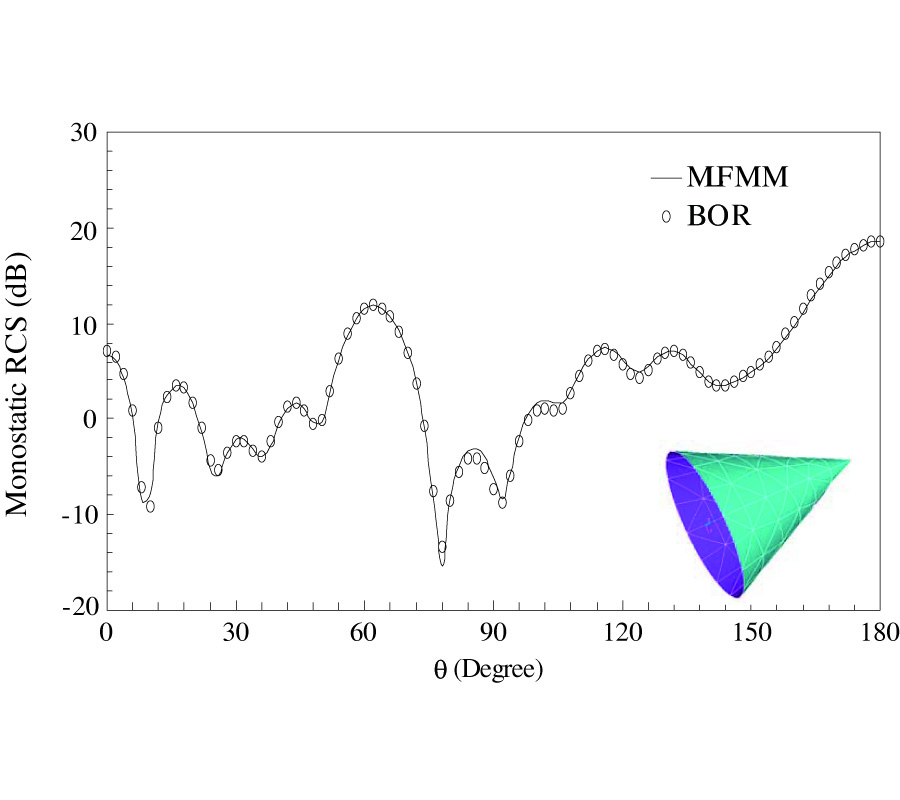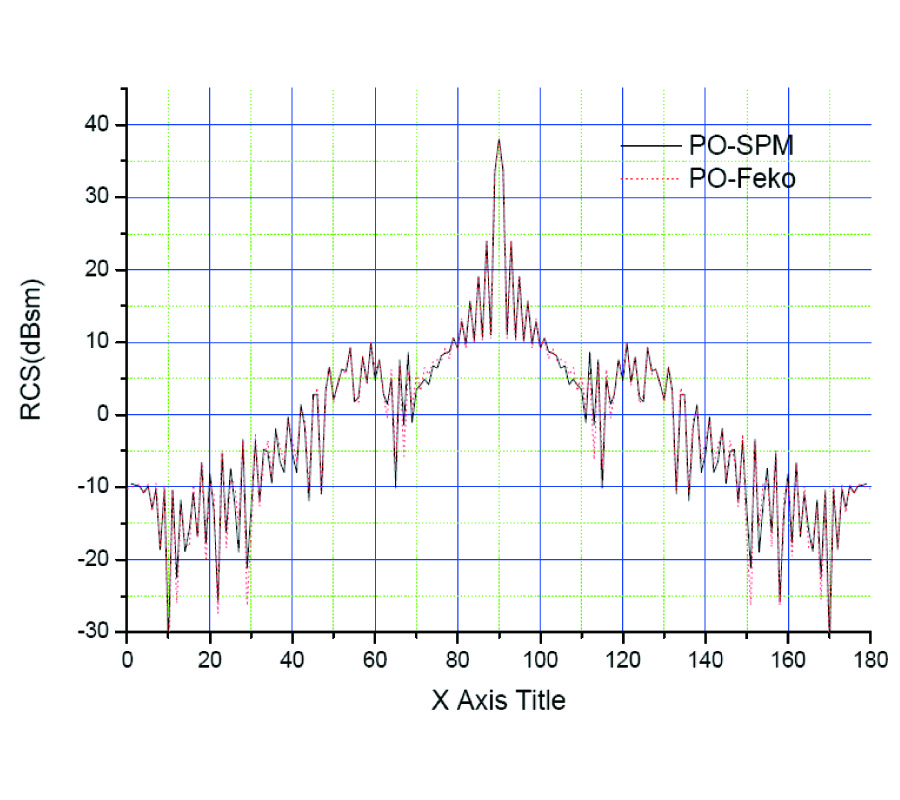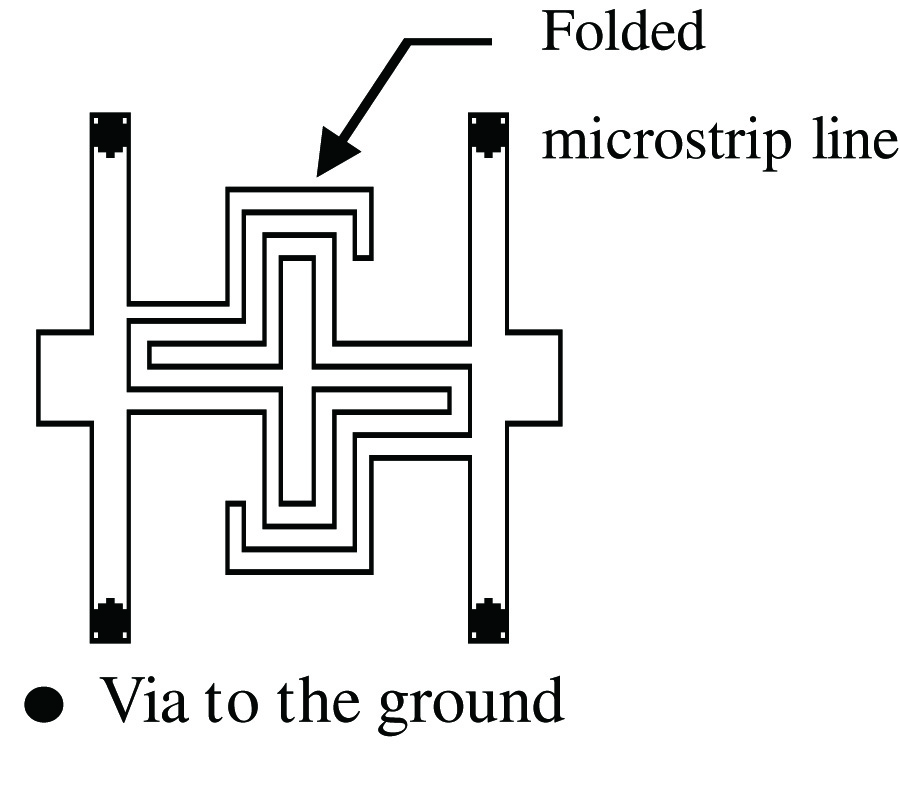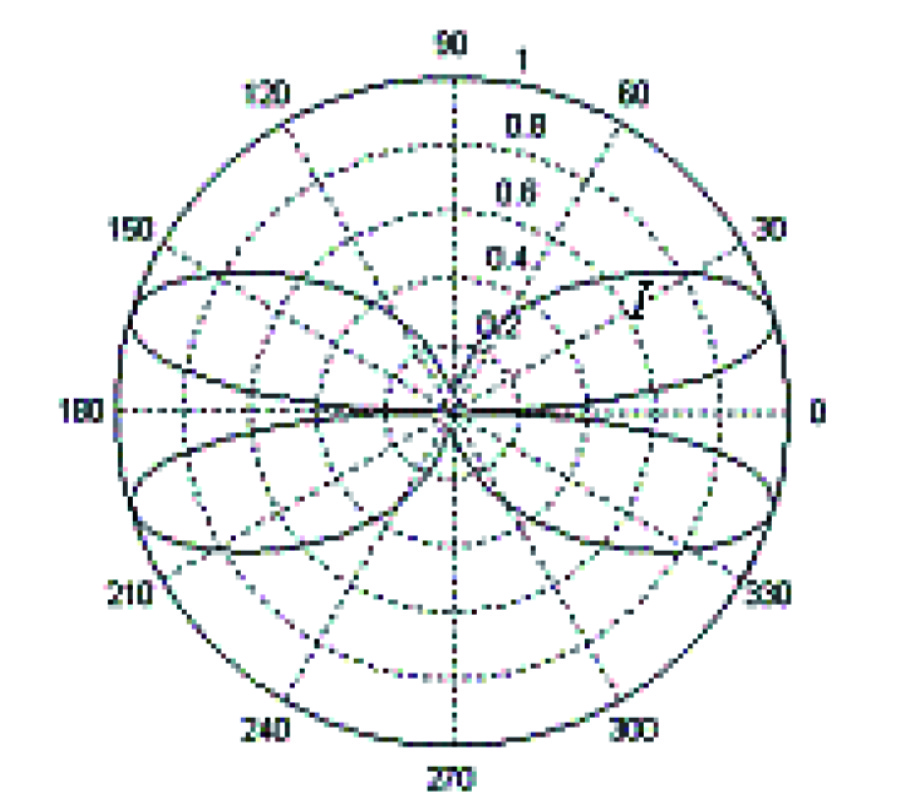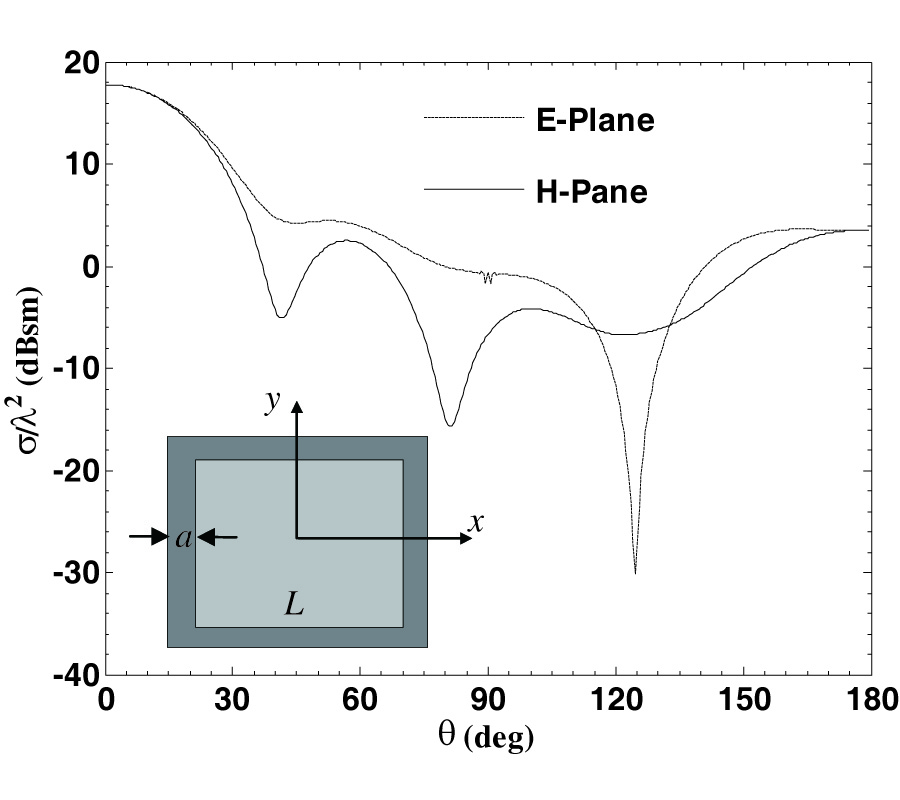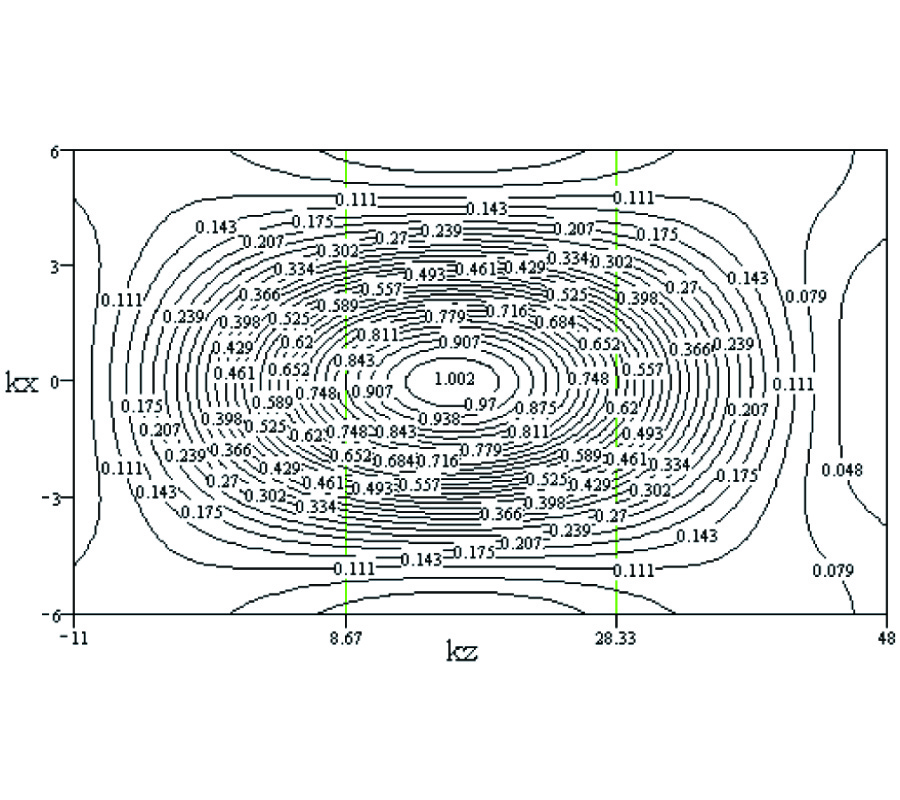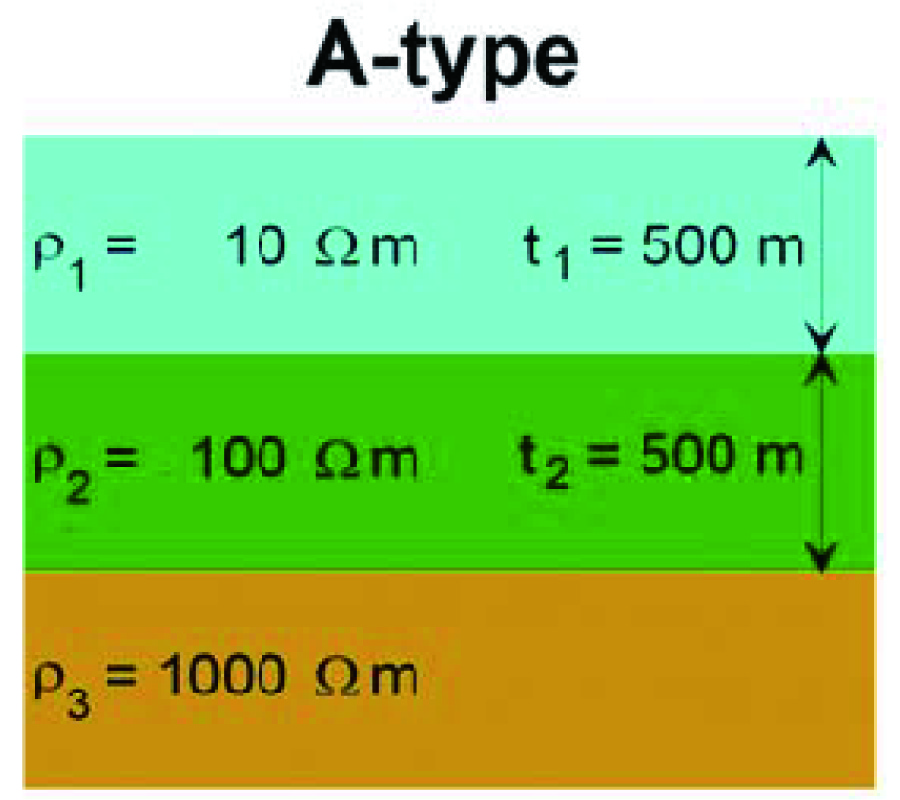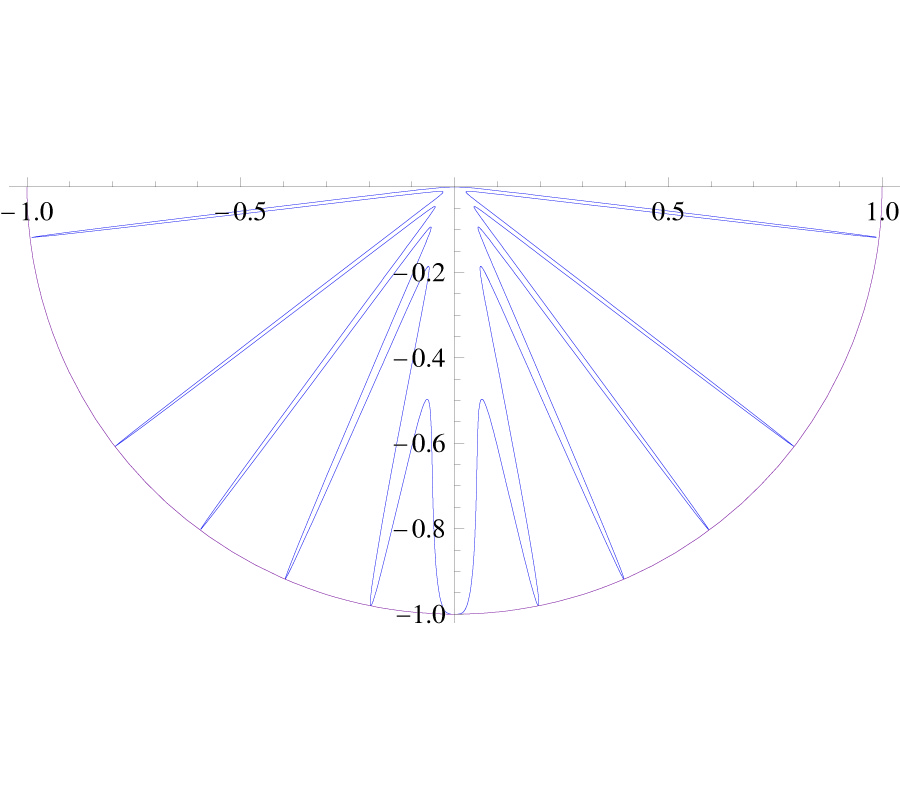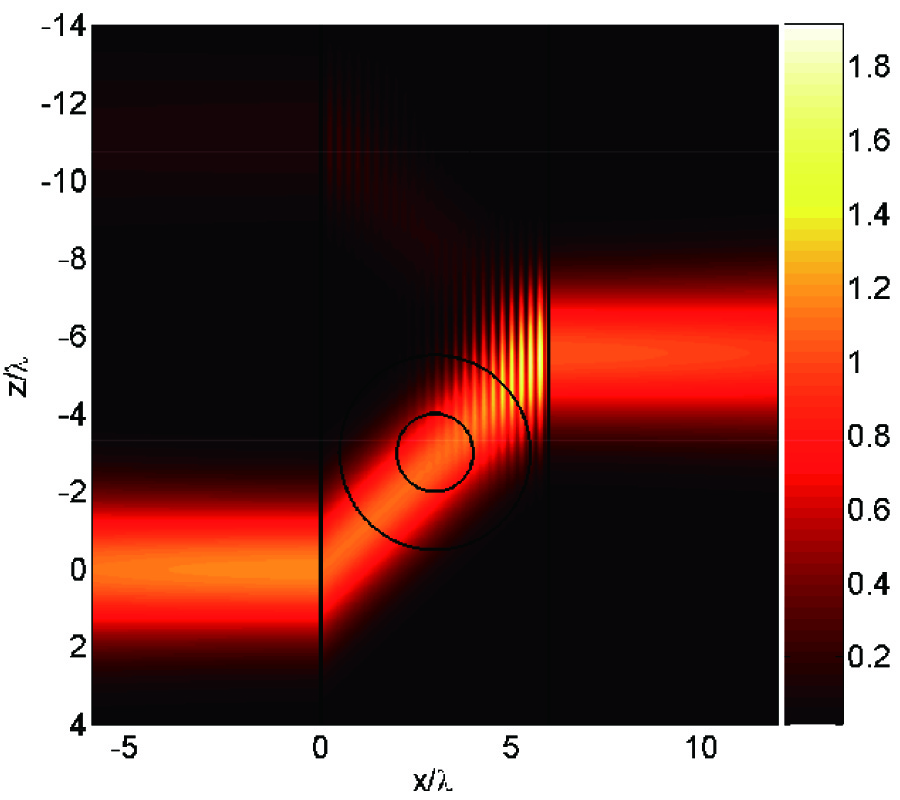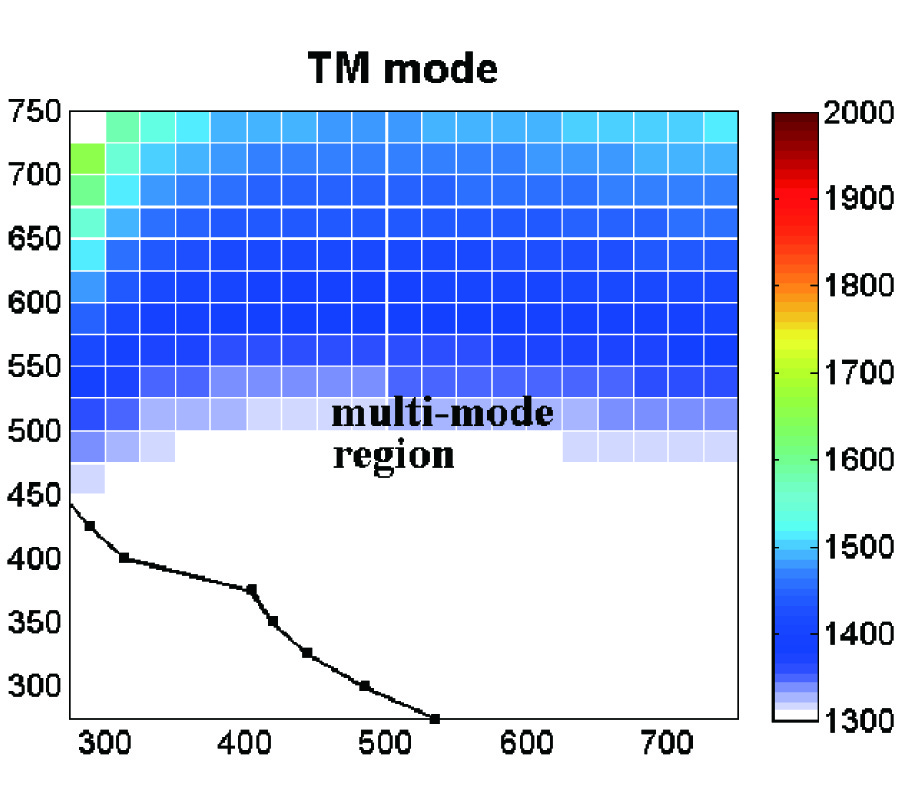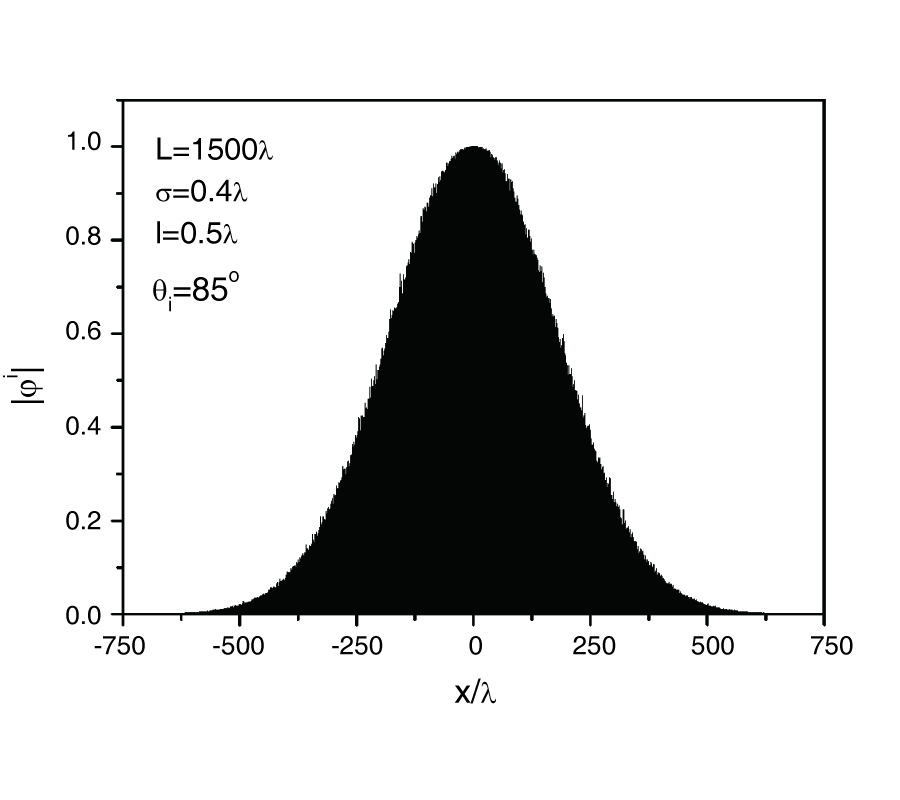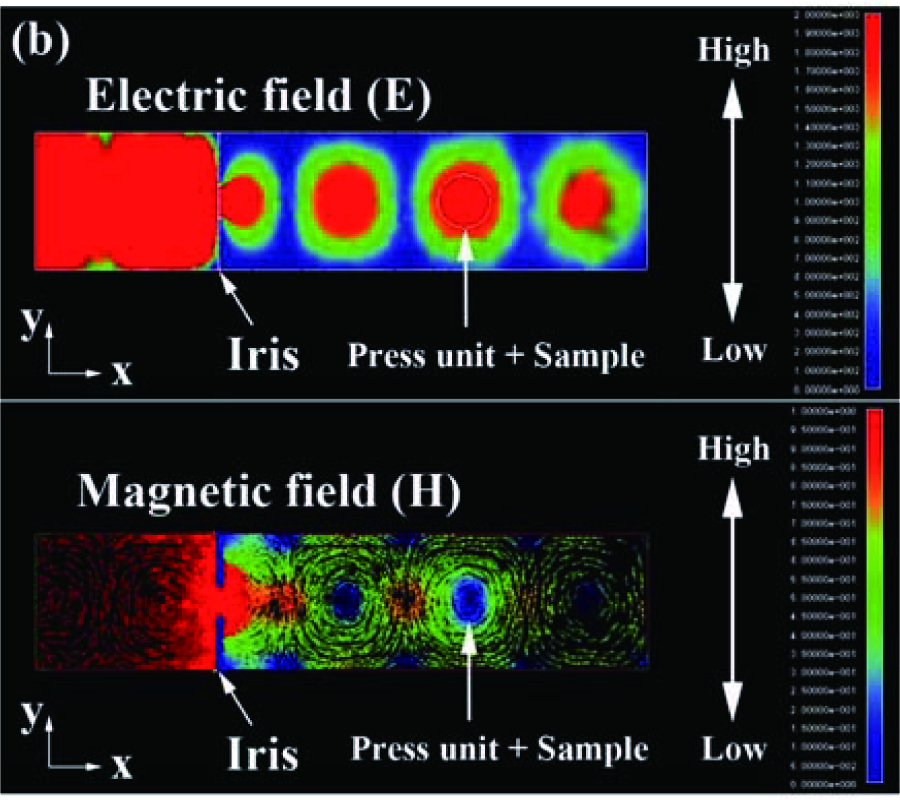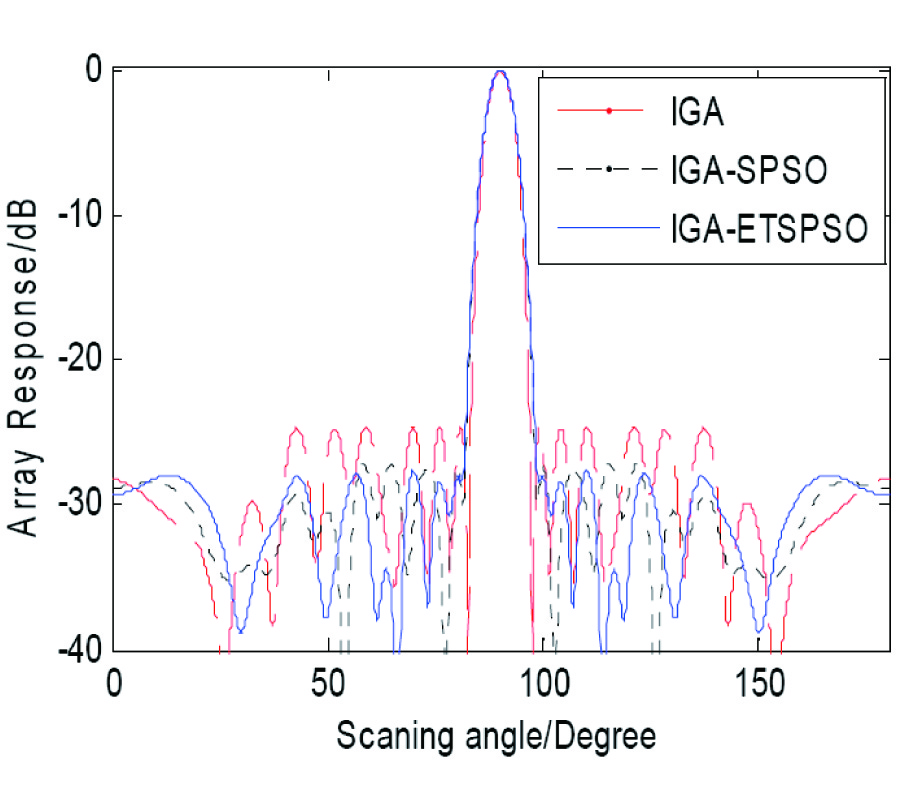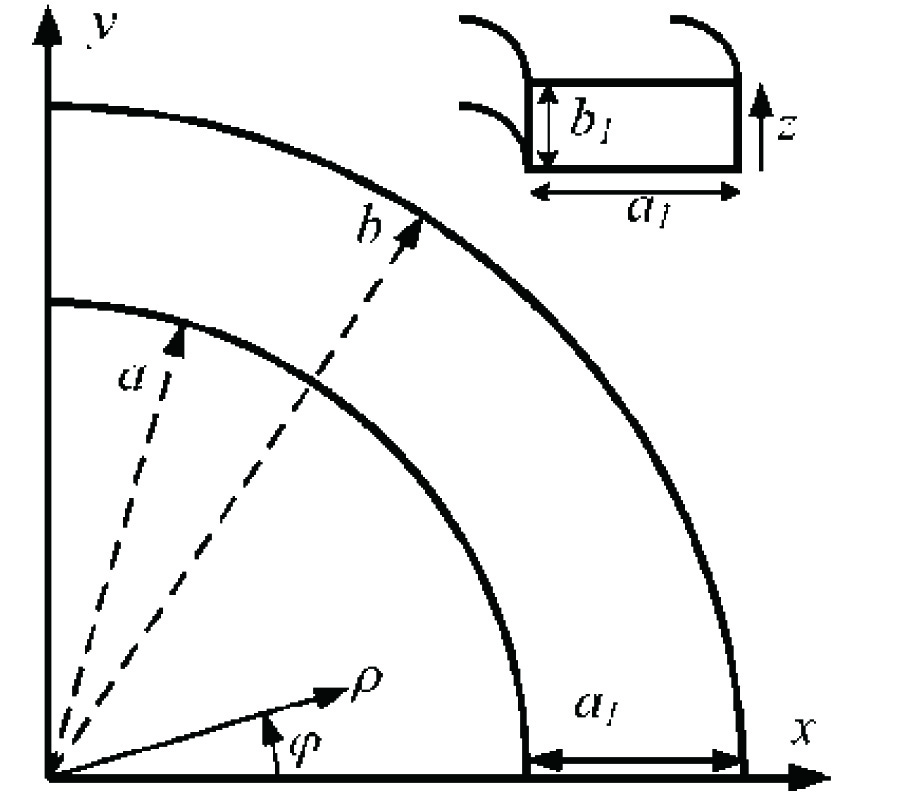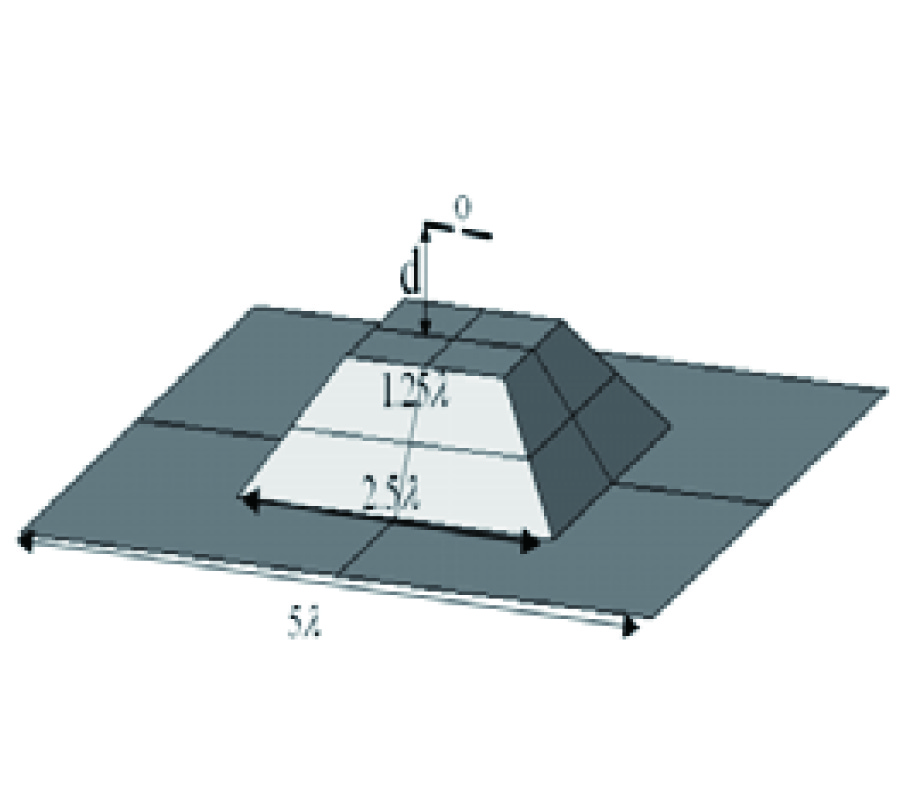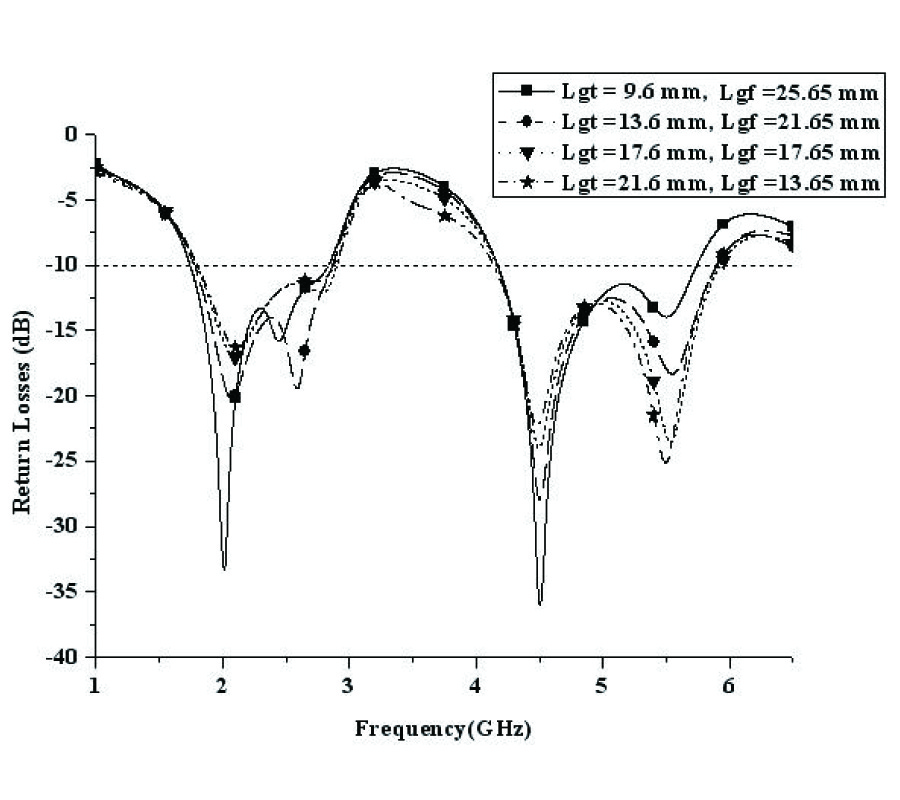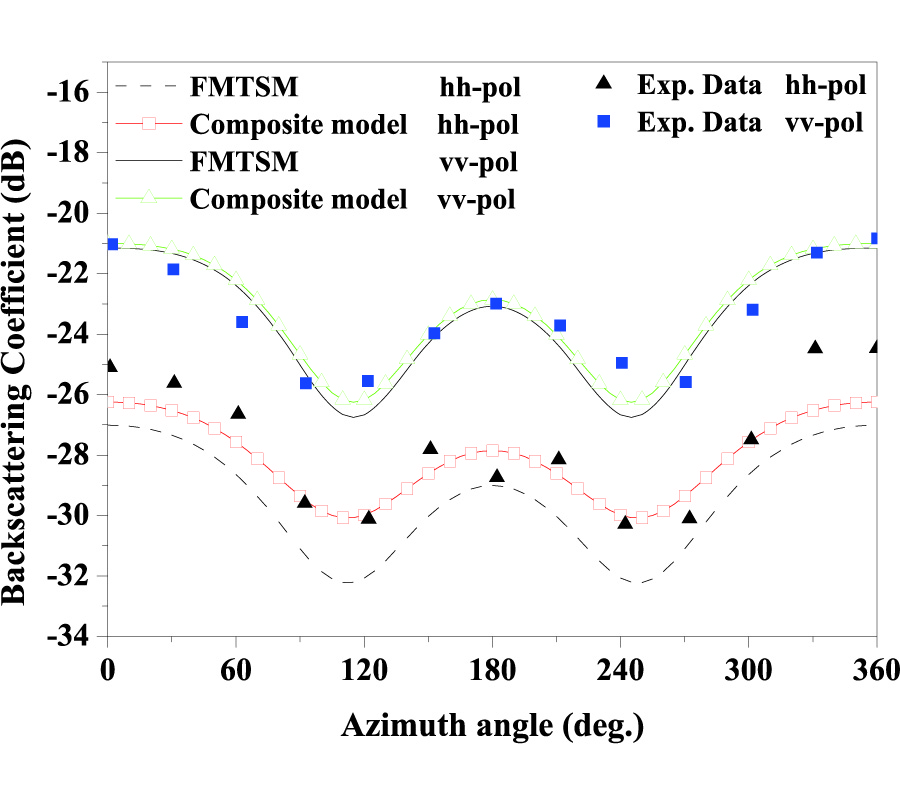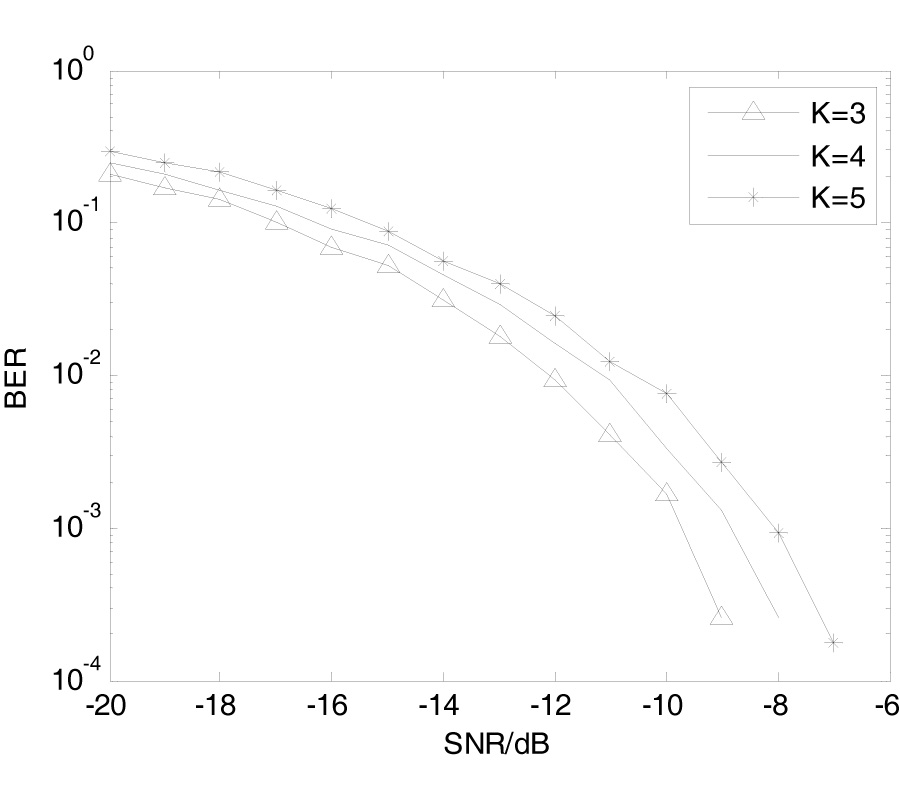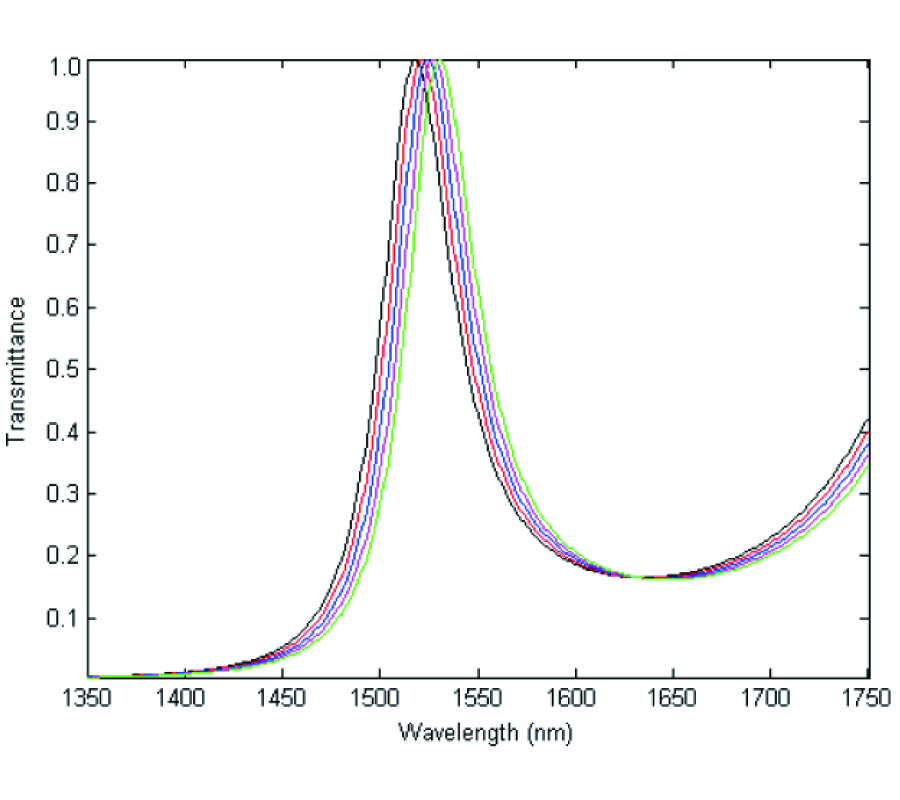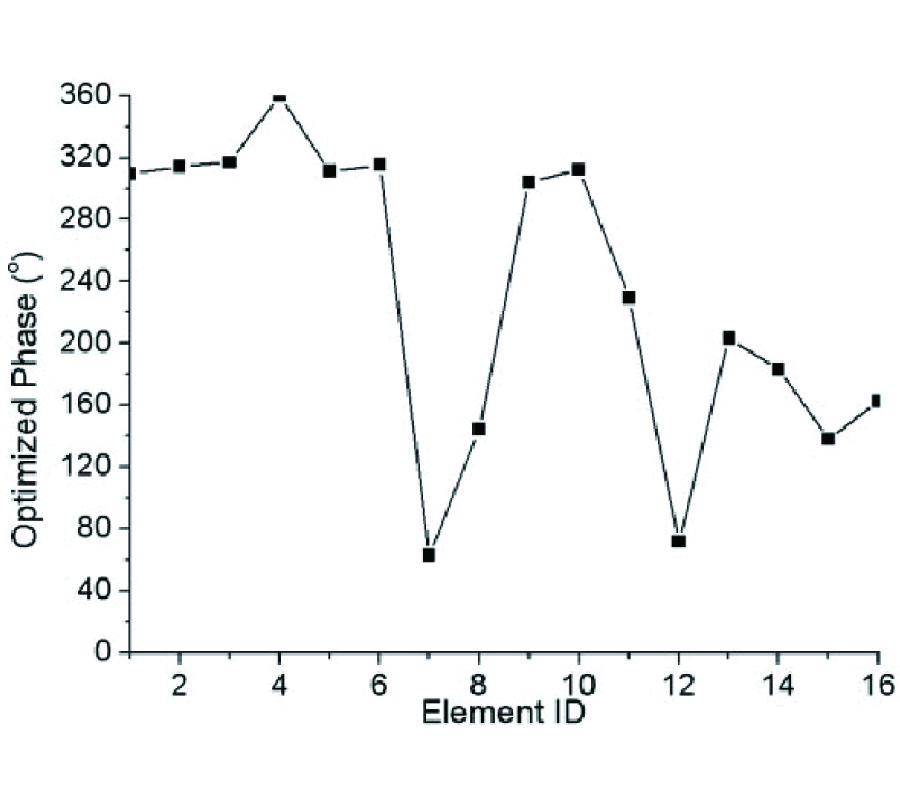The Role of the Impedivity in the Magnetotelluric Response
R. Esposito and
Domenico Patella
We study the influence of the resistivity frequency dispersion effects on the magnetotelluric (MT) response. Impedivity is the term used to indicate the frequency dependent resistivity in rocks. The impedivity functions, used in this paper, have been derived from the general solution of the motion equation of a charge carrier, discussed in a previous paper. A 1D three-layered earth section, with the second layer assumed to be dispersive, is considered to analyze the distortions due to dispersion on the modulus and phase of the MT responses on the earth's free surface. The MT responses of the section, where the dispersive layer is attributed an impedivity function describing at first a positive, then a negative and finally a resonant dispersion model, are computed for various combines of the dispersion parameters. A general conclusion is that the dispersion effects can strongly influence the MT response either in recognizable or in subtle forms. In the former case, the distortions appear as either steeply rising and/or descending curve branches or spike-like deltas, not compatible with a dispersion-free section. In the latter case, instead, the MT curves preserve the typical behavior for a dispersion-free section, and may thus erroneously be modeled by a section, where the dispersive layer is totally suppressed. In both case, disregarding the distortion effects may lead to misleading conclusions as to the physical properties of the surveyed structures.
